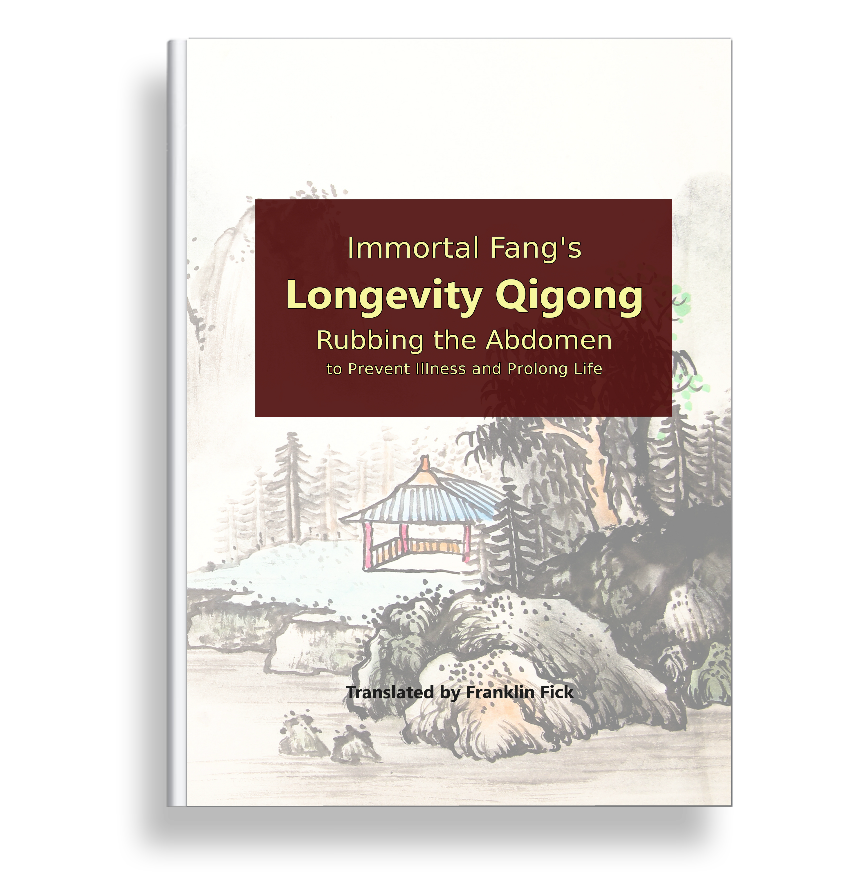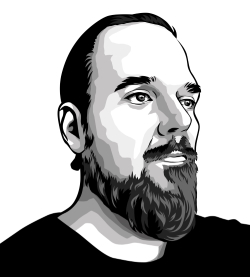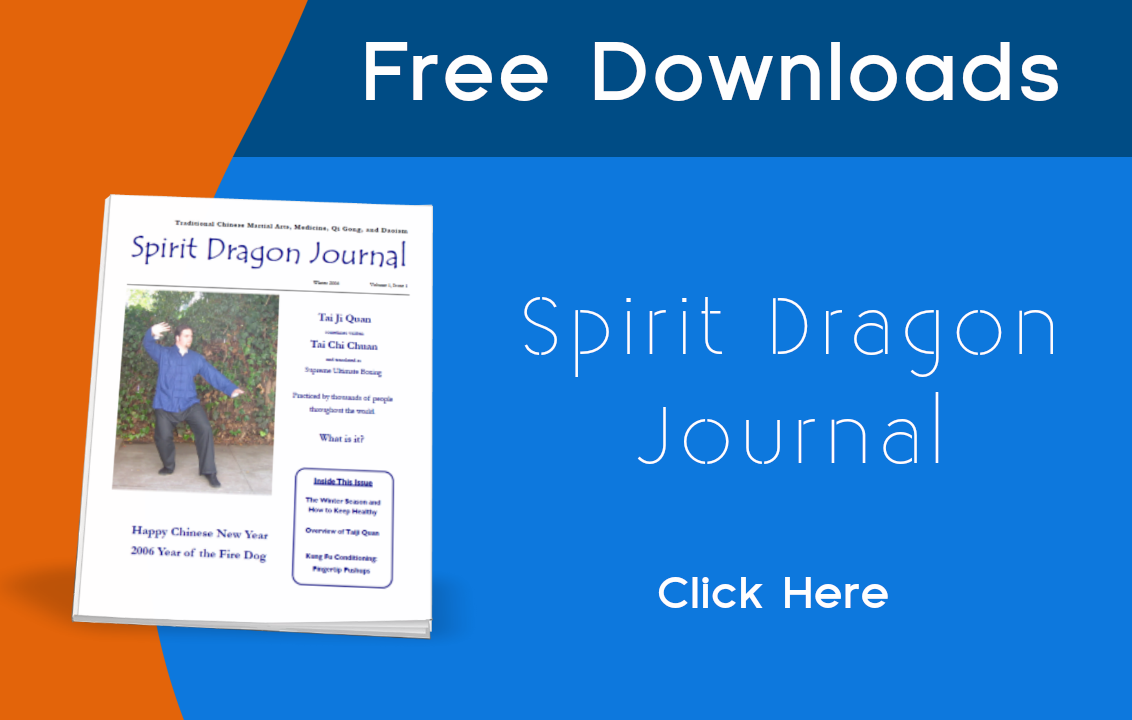Since publishing the book Immortal Fang's Longevity Qigong - Rubbing the Abdomen to Prevent Illness and Prolong Life many readers have contacted me to let me know how much they like and have benefited from the exercises. Some readers have contacted me with questions and clarifications on the exercises themselves. This article will attempt to answer and clarify the most common questions I received.
This text, originally published in 1723, presents a set of Abdominal Rubbing Exercises for Preventing Illness and Prolonging Life that was passed on by Daoist Fang. This set of 9 exercises is simple to learn and easy to practice. They can be done laying down or standing up and should be done at least twice a day.
"This method of Rubbing the Abdomen uses movement to transform stillness and stillness to facilitate movement. It conforms with Yin and Yang. It complies with the Five Elements, their mechanism of generation and the spirit of their changes. That is why it can connect and harmonize the top and bottom, put Yin and Yang back in order, get rid of the old and generate the new, replenish the five internal organs (Heart, Liver, Spleen, Lungs, and Kidneys), expel all the externally contracted evils, and get rid of all kinds of internally generated diseases and ailments. It supplements deficiency and drains excess. This method of dispersing and strengthening has infinite wonderful results. Why use medicines and elixirs when you have actual results of preventing illness and prolonging life (without them)?"

Don't have a copy yet? Get it Here
First Things First
I have never learned the specific set of exercises that is described in the book. I only translated the text because I thought it was interesting and that other people also might find it interesting.
Now, although I have never learned the specific set that is in the book, the reason I thought that the text was interesting is because I have learned 2 versions of this set that come from a Taoist monastic tradition of training. The sets I learned are clearly the same set that is in the book, but different versions of this set.
This is common with traditional qigong sets that have a long history. It is clear that the sets I learned and the set detailed in the book are the same set, but that somewhere in history these sets have diverged, been passed down through different lines, and that over time they have developed and changed somewhat. There is no way to tell when this happened, who changed what, and why. Like I said this is common in some sets that have a long history.
The point is that although I never learned the specific set that is detailed in the book, I still might be able to offer some insight into how the exercises might best be practiced. That being said, this is not specific advice for you. This is for education and entertainment purposes only. You are responsible for your own decisions and what you decide to do, and for medical questions you should always consult your doctor.
How much pressure to use?
In my experience the massage should not be done like a massage that you get at a spa. It should not be done hard and with force.
It should be a "energy" massage. The hands only lightly contact the body and they do not press into the body or move the skin. The energy of the hand stimulates and moves the energy in the body.
Think of press as place lightly, and pinch as rest on. It should be a light contact - energy centric practice.
How fast should you go?
Not too fast and not too slow. You need to find what is right for you. Too fast and you are not using awareness to practice, instead you are rushing. Too slow and you loose concentration instead of letting it flow.
Also you might find that on some days you naturally practice faster and on some days you might practice slower. This is natural.
I don't think there is a specific set speed that must be done.
Where the leg clamps together?
If you are standing or laying down, raise your knee up. The crease where your torso and the leg meet is the place where the legs clamps together.
Exercise 9 is unclear?
You are swaying your body in a circle. The illustration shows the circular motion of the torso. Look at the circle with the arrow at the bottom of the illustration.
After the two bows to the front. The body leans over one knee, circles over to above the other knee, then continues the circle back and around to the first knee.
I hope that helps.






